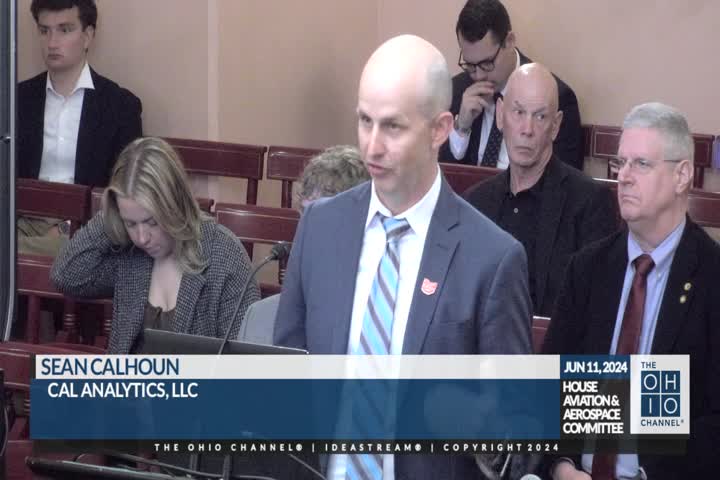Drones revolutionize emergency response for first responders
June 11, 2024 | Aviation and Aerospace, House of Representatives, Committees, Legislative, Ohio

This article was created by AI summarizing key points discussed. AI makes mistakes, so for full details and context, please refer to the video of the full meeting. Please report any errors so we can fix them. Report an error »

In a recent government meeting, officials discussed the integration of drone technology into emergency response operations, highlighting its potential to enhance situational awareness and improve response times for first responders. The meeting featured insights from Deputy Chief Clark of the Hilliard Police Department, who shared the practical applications of drones in real-world scenarios.
Clark emphasized that drones have been deployed for several years, primarily for crash scene investigations and assisting fire departments in monitoring hotspots after incidents. He noted that while the current use of drones is reactive—requiring dispatch and visual oversight—the technology has proven beneficial in locating missing persons and managing criminal situations.
One significant challenge identified was the difficulty in accurately locating incidents on busy roadways, which can lead to delays in emergency response. Clark illustrated this with an example involving a crash on a highway where miscommunication about the location resulted in wasted time and resources. He proposed that drones could provide immediate aerial information, allowing for more efficient coordination of emergency services and potentially saving lives.
The discussion also touched on the broader implications of drone usage, including cost savings for law enforcement and fire departments. By reducing the number of personnel needed on-site and minimizing the use of emergency vehicles, the technology could lead to significant operational efficiencies.
Vice Chair of the committee expressed appreciation for the practical insights shared by Clark, underscoring the importance of connecting technological advancements with real-world applications to maximize their benefits for public safety. The meeting concluded with a commitment to further explore the integration of drones into municipal services, aiming to enhance the effectiveness of emergency responses across Ohio.
Clark emphasized that drones have been deployed for several years, primarily for crash scene investigations and assisting fire departments in monitoring hotspots after incidents. He noted that while the current use of drones is reactive—requiring dispatch and visual oversight—the technology has proven beneficial in locating missing persons and managing criminal situations.
One significant challenge identified was the difficulty in accurately locating incidents on busy roadways, which can lead to delays in emergency response. Clark illustrated this with an example involving a crash on a highway where miscommunication about the location resulted in wasted time and resources. He proposed that drones could provide immediate aerial information, allowing for more efficient coordination of emergency services and potentially saving lives.
The discussion also touched on the broader implications of drone usage, including cost savings for law enforcement and fire departments. By reducing the number of personnel needed on-site and minimizing the use of emergency vehicles, the technology could lead to significant operational efficiencies.
Vice Chair of the committee expressed appreciation for the practical insights shared by Clark, underscoring the importance of connecting technological advancements with real-world applications to maximize their benefits for public safety. The meeting concluded with a commitment to further explore the integration of drones into municipal services, aiming to enhance the effectiveness of emergency responses across Ohio.
View full meeting
This article is based on a recent meeting—watch the full video and explore the complete transcript for deeper insights into the discussion.
View full meeting
